Last week the National Center for Arts Research (NCAR) released some interesting data about the ratio between the number of full time employees at arts organizations and the audiences/visitors they serve.
An average of 3,547 people attend for each full-time employee. That is the relationship between an overall average of 38,741 attendees and 11 full-time staff members annually.
Finding that attendance at many organizations has either decreased or is flat, but number of staff has grown NCAR says,
This means that organizational capacity expanded at a slightly faster rate than growth in the number of people served. This does not mean that staffs became bloated. Instead, modest staff expansion can mean that an organization realizes it has maxed out its current staff’s capacity to provide high quality offerings and services, and the ability to attract more future audience members depends on making initial investments in people.
They break down the data by sector, organization size and market size.
Every Answer Raised More Questions
The part that really interested me and left me wanting to know more detail was in the Ecosystem Highlights section where they talk about “What Drives In-person Attendance?” (their emphasis)
• In-person attendance varies by sector and increases with organizational age, square footage, budget size, the number of programmatic offerings, the amount spent directly on programs (emphasizing the importance of findings related to the Investment in Program Index), targeting kids or Asian-Americans, and having higher levels of local funding.
• Attendance tends to be lower when organizations receive higher levels of support from state or federal agencies, when their lowest ticket prices is not terribly low (representing the importance of an accessible price point), if they produce proportionally more world premieres, or if they target young adults, African-Americans or Hispanics/Latino
Bearing in mind that correlation doesn’t equal causation, I really wanted to know more about the relationship of attendance increasing when programming targeted Asian-Americans or when there was higher levels of local funding.
Does the fact that attendance is lower when there is higher levels of support from state and federal agencies have any significance? Does that say something about the value of NEA funding? Are there restrictions on federal and state support that don’t exist with local funding that leads organizations to program and promote in ways that don’t connect with the local community?
This could be the case since NCAR found,
The number of world and national premieres increased contributions from trustees and other individual donors but decreased government contributions and program and earned revenue.
and
Government Grant Activity has a positive effect on fulltime employees, program expenses and total expenses but a negative effect on the number of offerings and direct marketing expenses.
So maybe federal funders aren’t really supporting the new work, broader programming and marketing that is needed to engage larger audiences.
I started to assume local funding meant high giving from individual donors until I read (my emphasis),
Physical attendance is lower in communities where the total population is larger, there is a higher percentage of children in the community, and the community’s overall level of philanthropy is high.
So I guess higher levels of local funding associated with higher attendance must be either local foundations or government? Except, apparently federal funding is helpful except when it comes to securing money from foundations:
The receipt of an NEA or IMLS grants had a positive effect on nearly all outcomes except foundation funding, which was lower for federal grant recipients.
Some Surprises About Demographics Orgs Want
Why is attendance lower for young adults, African-Americans and Hispanics/Latinos? Is it something about those segments or are arts and cultural organizations as a general group doing things that don’t resonate well with those groups but do resonate with kids and Asian-Americans? (Keeping in mind we aren’t necessarily talking about the same organizations doing well with the latter groups but not the former.)
There seems to be an inverse relationship on these same factors when it comes to Full Time Employees.
• Organizations that target people under 25 years old or Hispanics/Latinos, and those awarded NEA or IMLS grants tend to have more full-time employees.
• The number of full-time employees tends to be lower for organizations that present higher levels of local and world premieres and for those who target Asian-Americans.
I wondered if organizations that targeted young adults and Hispanic/Latinos also got more federal grants. Since young adults and Hispanic/Latino audiences are often mentioned as groups arts organizations aspire to attract, this might mean these efforts are targeted to receive more federal funding. There is a suggestion this might be the case:
And Government Grant Activity has no effect on program or earned revenue and a negative effect on physical attendance and engagement; this negative effect may reflect government support for arts and culture organizations that are initiating outreach efforts targeting traditionally underserved populations.
Is there an implication of racism/classism in the suggestion that government grants have a negative effect on physical attendance because the grants support targeting underserved populations?
Knowing that organizations that target Asian-Americans have smaller staffs and that organizations that target Asian-Americans have higher attendance, does that mean Asian-Americans are easier to attract? Or are these statistics just a result of there being only a few small organizations specifically targeting Asian-Americans and they are doing a good job with that demographic segment?
Among the interesting pattern NCAR noted in regard to organizations focused on serving minority populations:
Organizations that target African-Americans attract higher levels of contributed funds but tend to have a smaller footprint, with fewer offerings and lower marketing and development expenses and lower program revenue, attendance, and engagement.
Organizations that target Hispanics/Latinos have higher contributed revenue, program salaries, development expenses, and total offerings but lower marketing expenses, and program and earned revenue.
Other Notes Of Interest
Some other interesting observations that don’t necessarily fit with the aforementioned topics:
Youth Orgs Have It Great Until The Kids Grow Up
And organizations targeting children have lower marketing expenses that yield higher attendance, engagement and program and earned revenue, and higher development expenses that yield lower unrestricted and total contributions. This puzzling finding seems to suggest that parent-contributors have a short-term focus on immediate benefits for their children without necessarily supporting the long-term financial health of the organization.
A Vibrant Arts Community Is Great, Except For Attendance
Total Arts Dollars in the community is positively related with nearly every performance outcome, with physical attendance being a prominent exception; this negative relationship likely reflects the presence of many small arts organizations in a thriving arts and culture community competing for audiences.
The Number of Arts Providers in the community positively impacts program and total expenses and contributions from every source except foundations; there is no effect on program and earned revenue and the impact on attendance and engagement is negative, again suggesting competition for audiences.
A Wealthy Community Is Great, Except For Attendance
Higher socio-economic level is negatively associated with physical attendance and engagement – likely reflecting increased access to other leisure opportunities like travel – and positively associated with program, development, and total expenses and program and earned revenue, reflecting the ability of arts organizations to invest more in the art and charge higher prices.
Just to repeat the old saw about correlation not equaling causation, while these findings are interesting individually one should be careful drawing assumptions and relationships between them. Even some of the things listed together as having positive outcomes may not necessarily lead to a positive outcome when all present together. (i.e. You won’t necessarily increase attendance by expanding your physical plant, offerings, budget, spending and programming to Asian-American kids in a place with high local funding.)





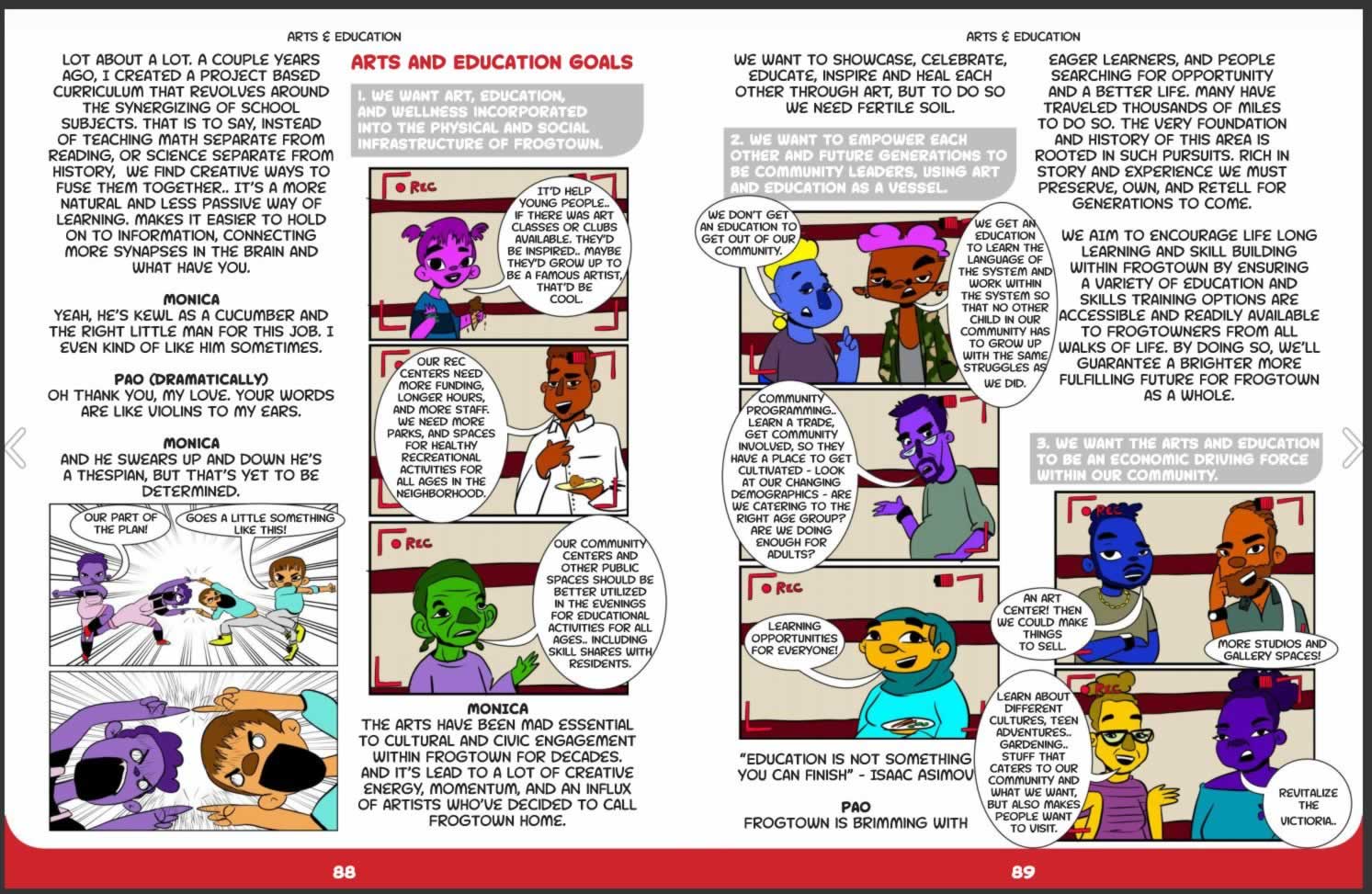




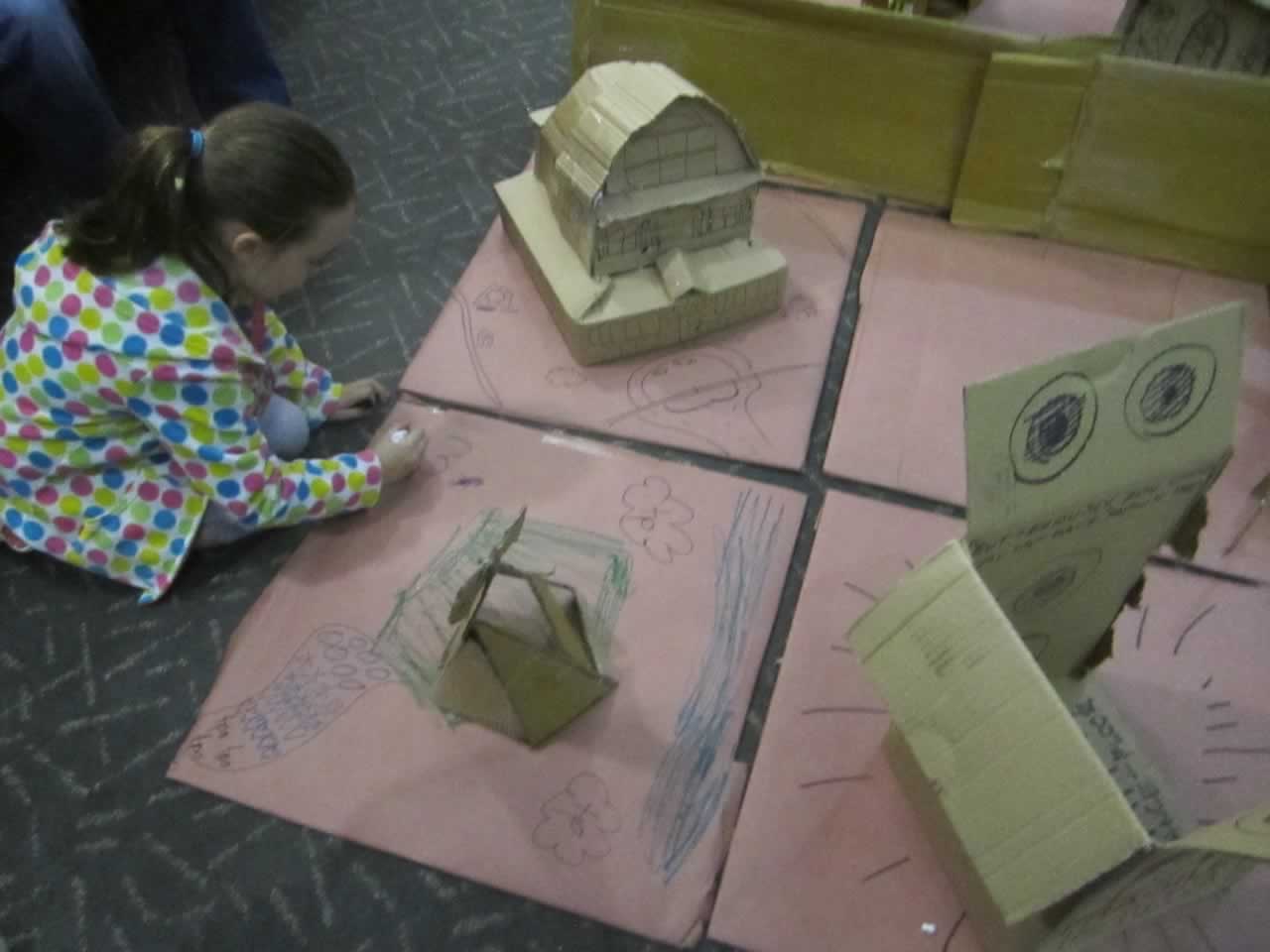
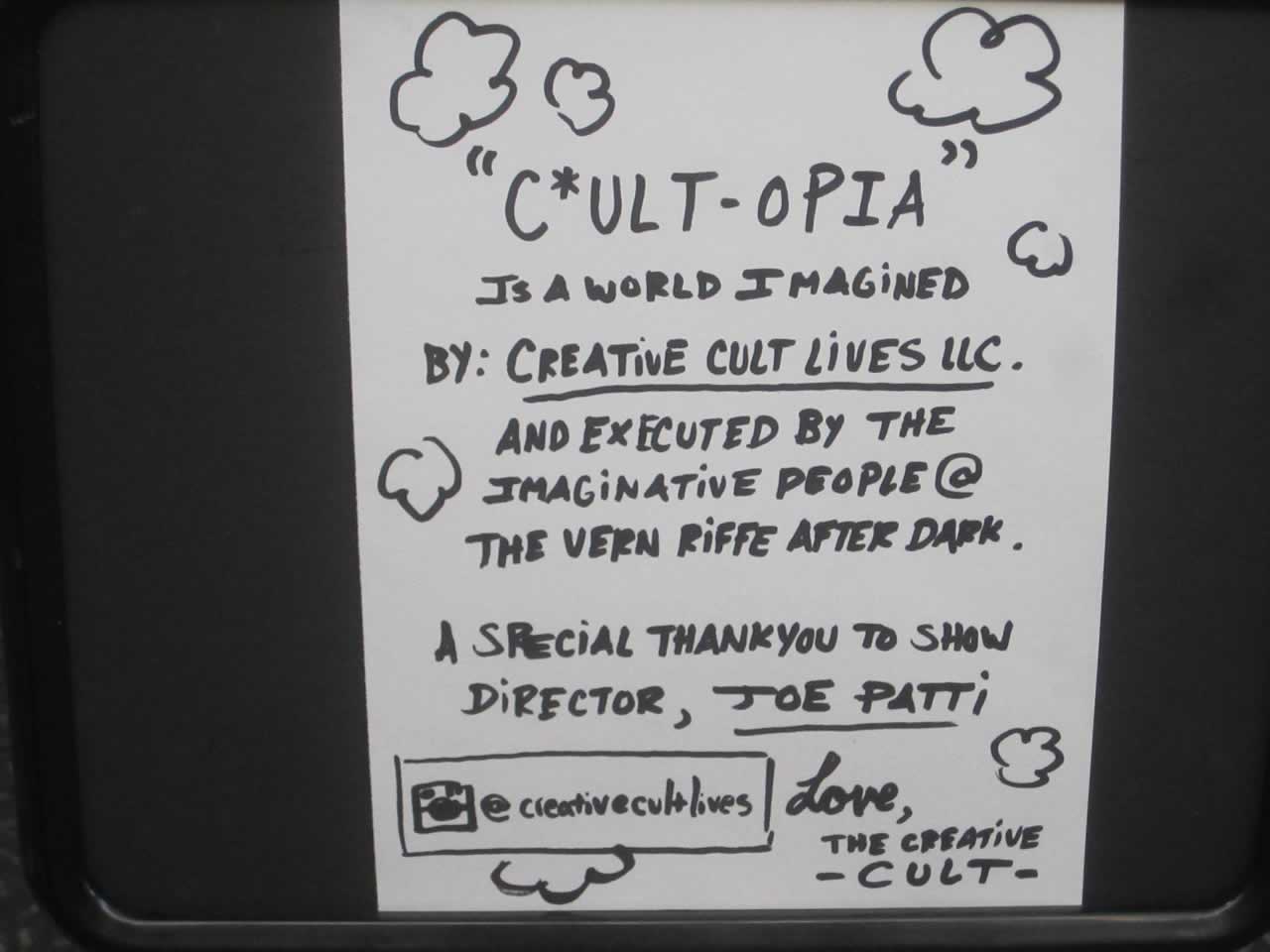




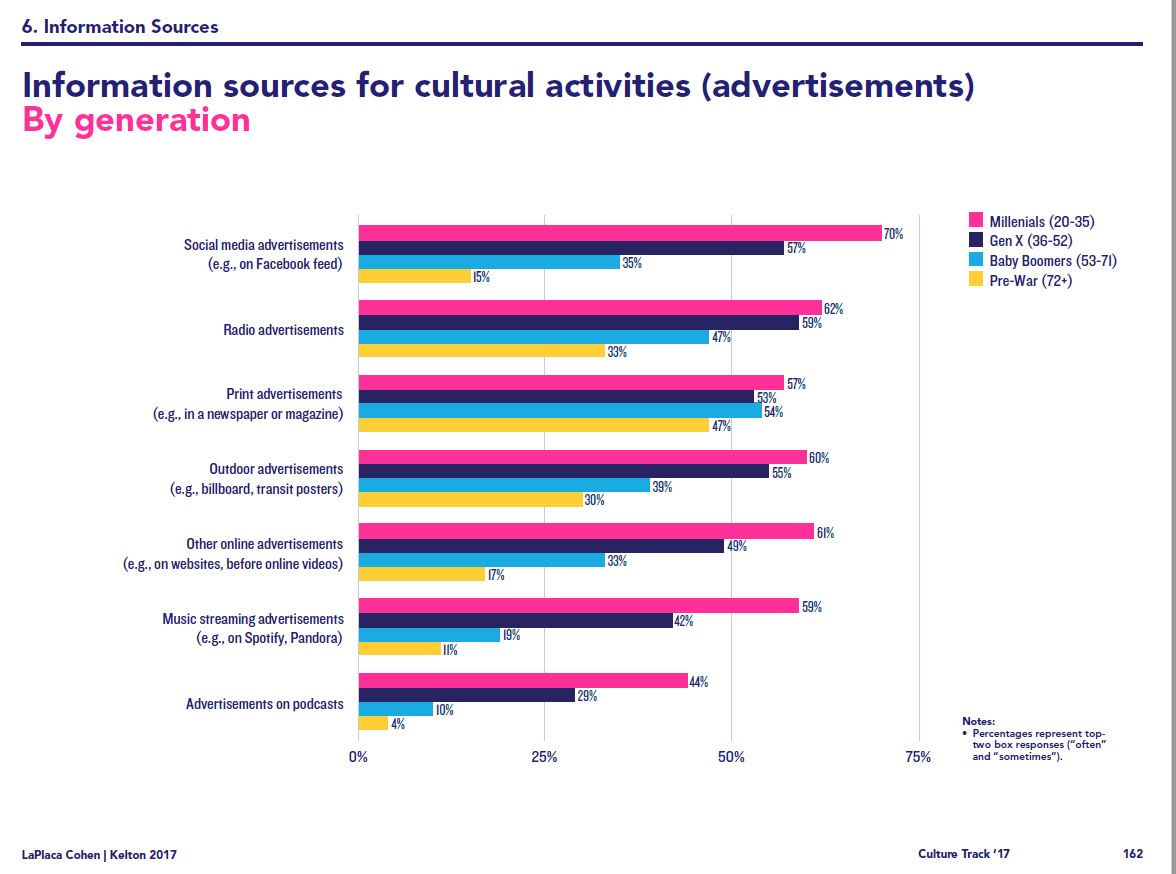
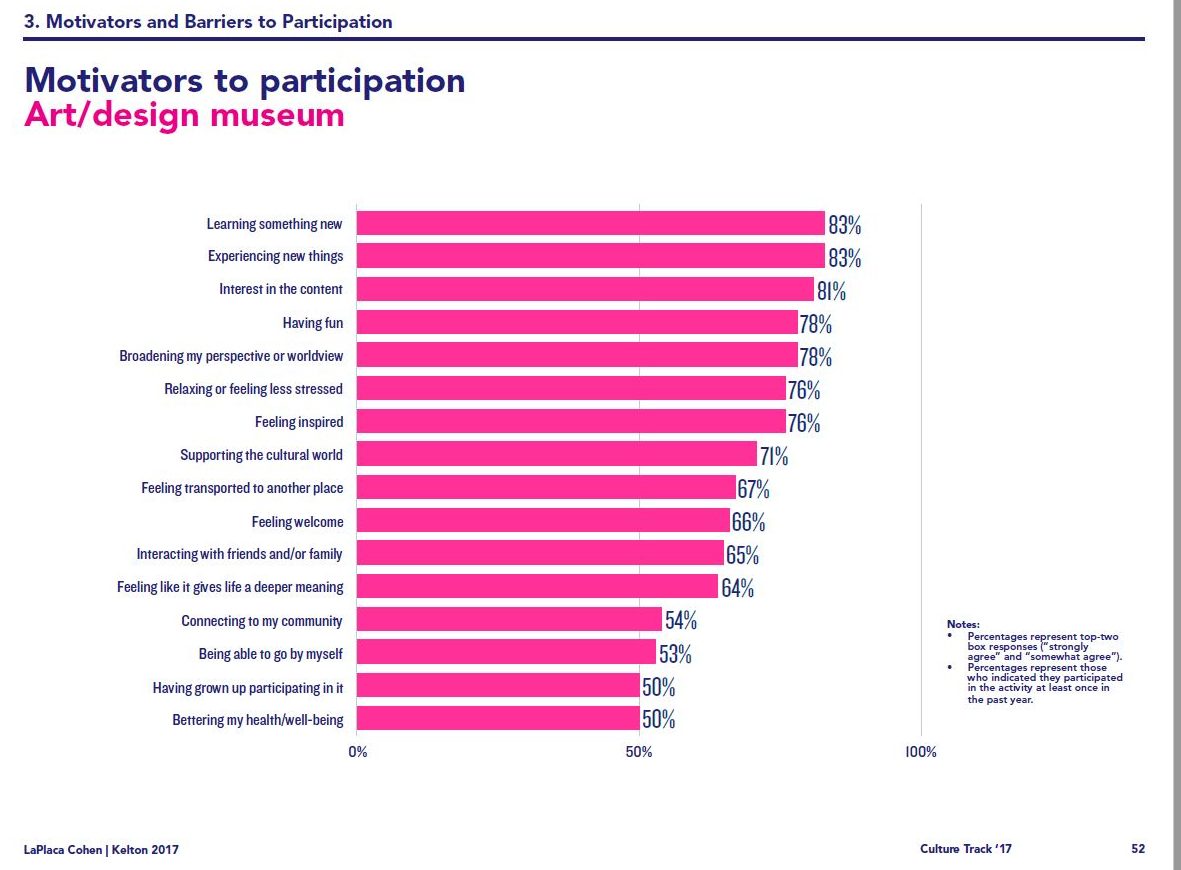
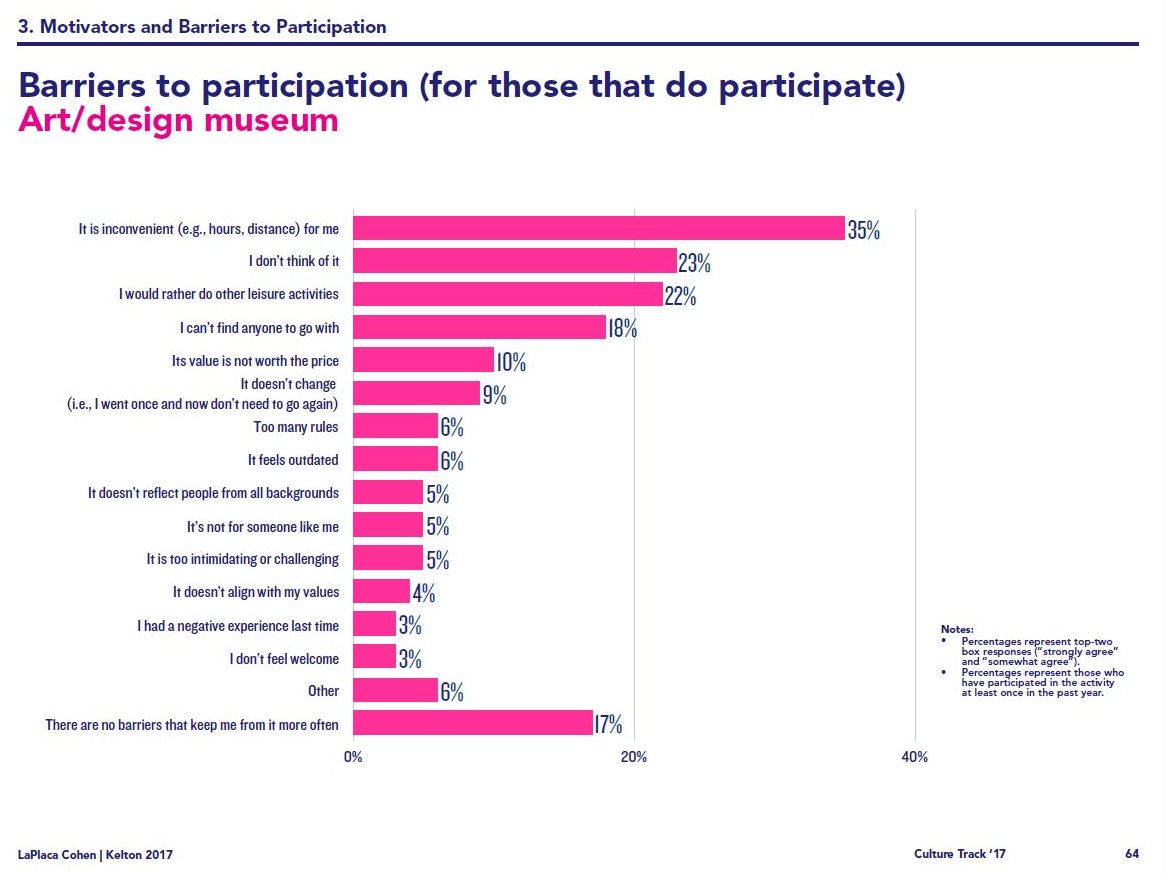


I've been to a few of the Science on Tap events, though I never gave a talk at one of…